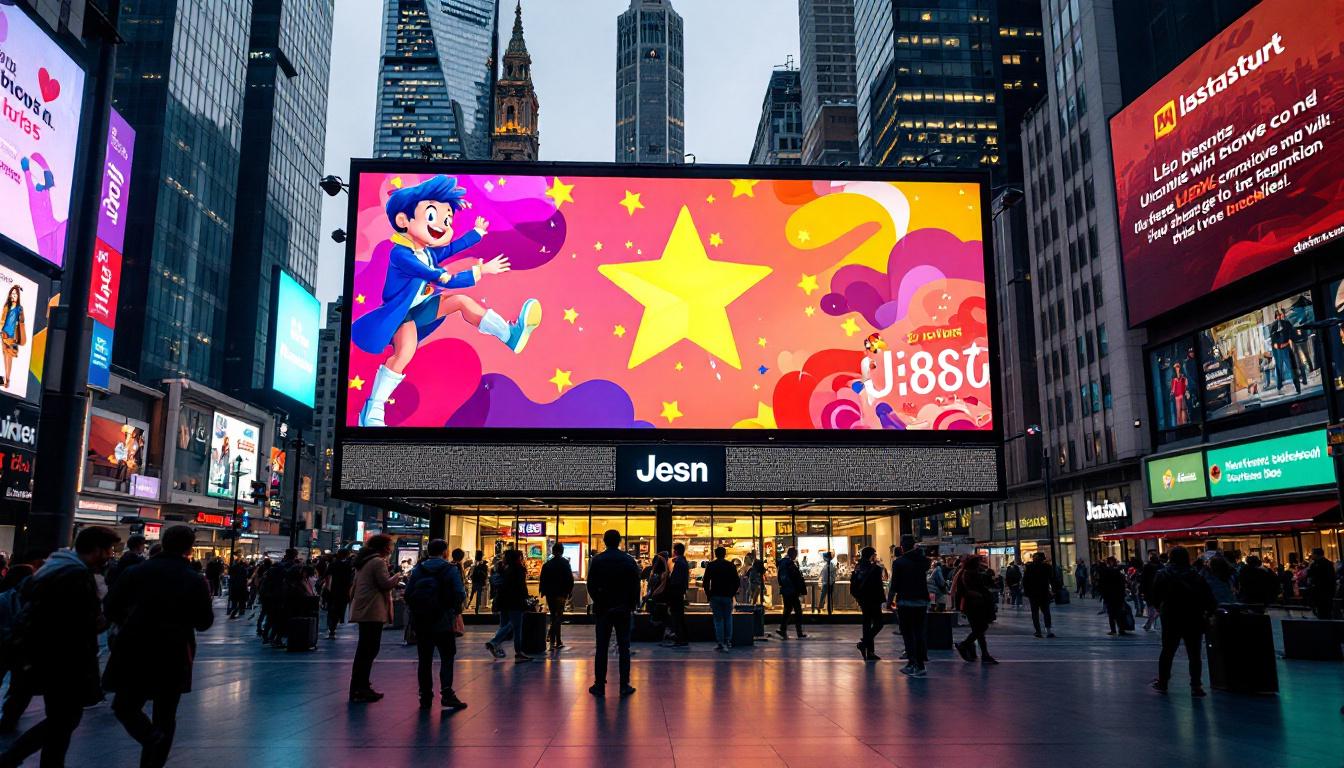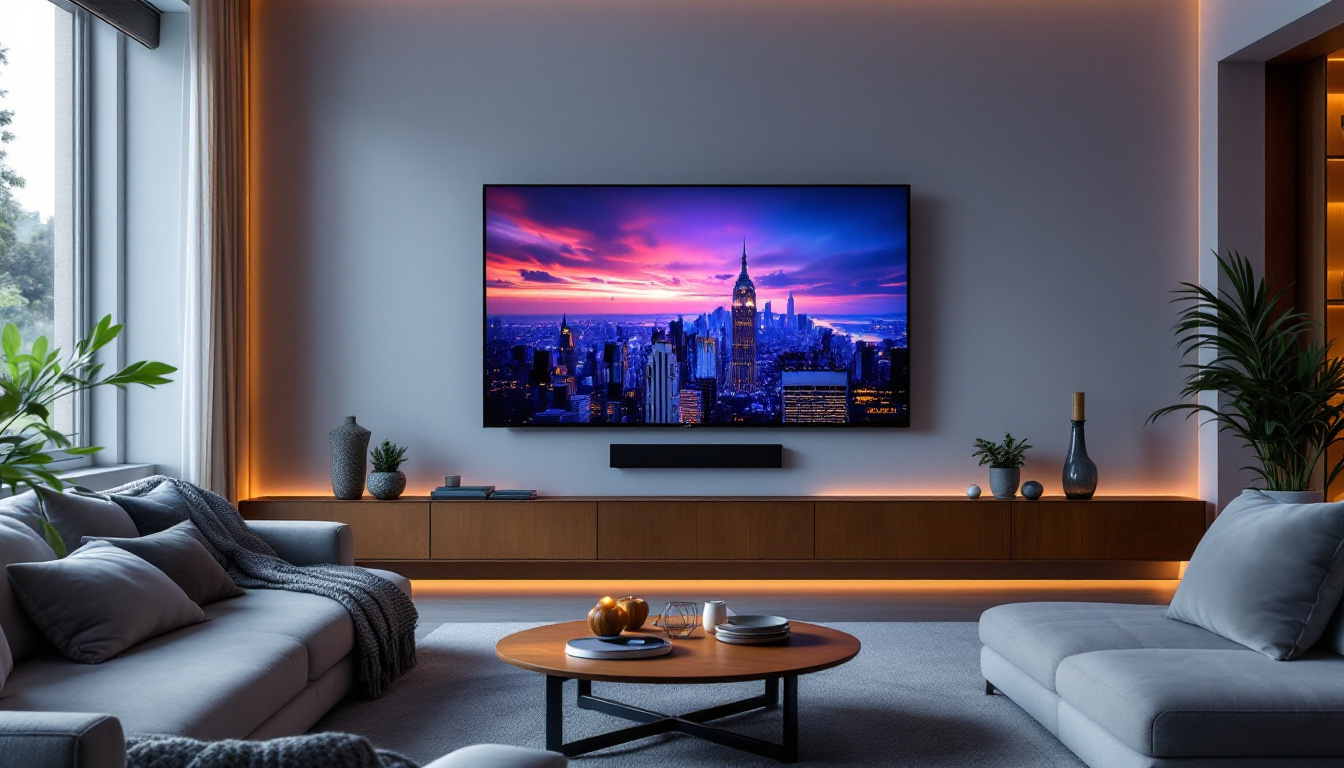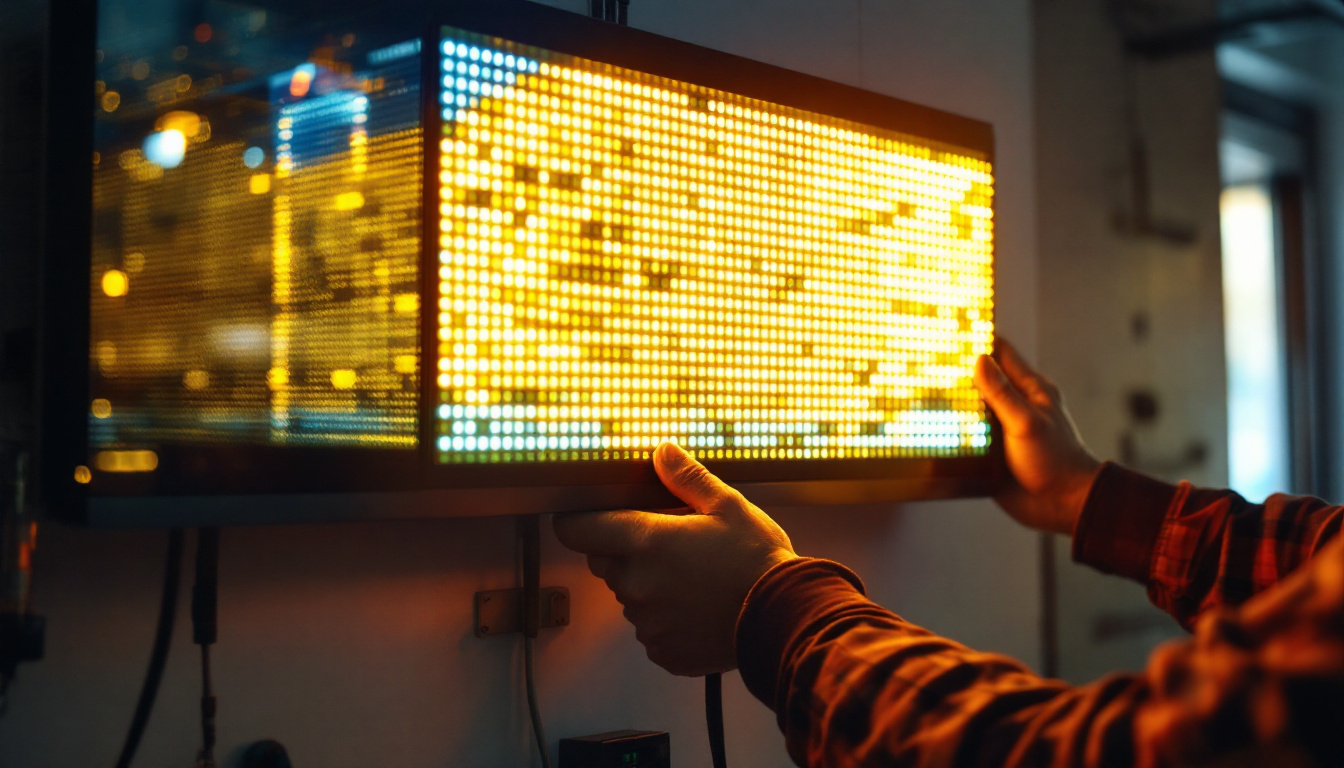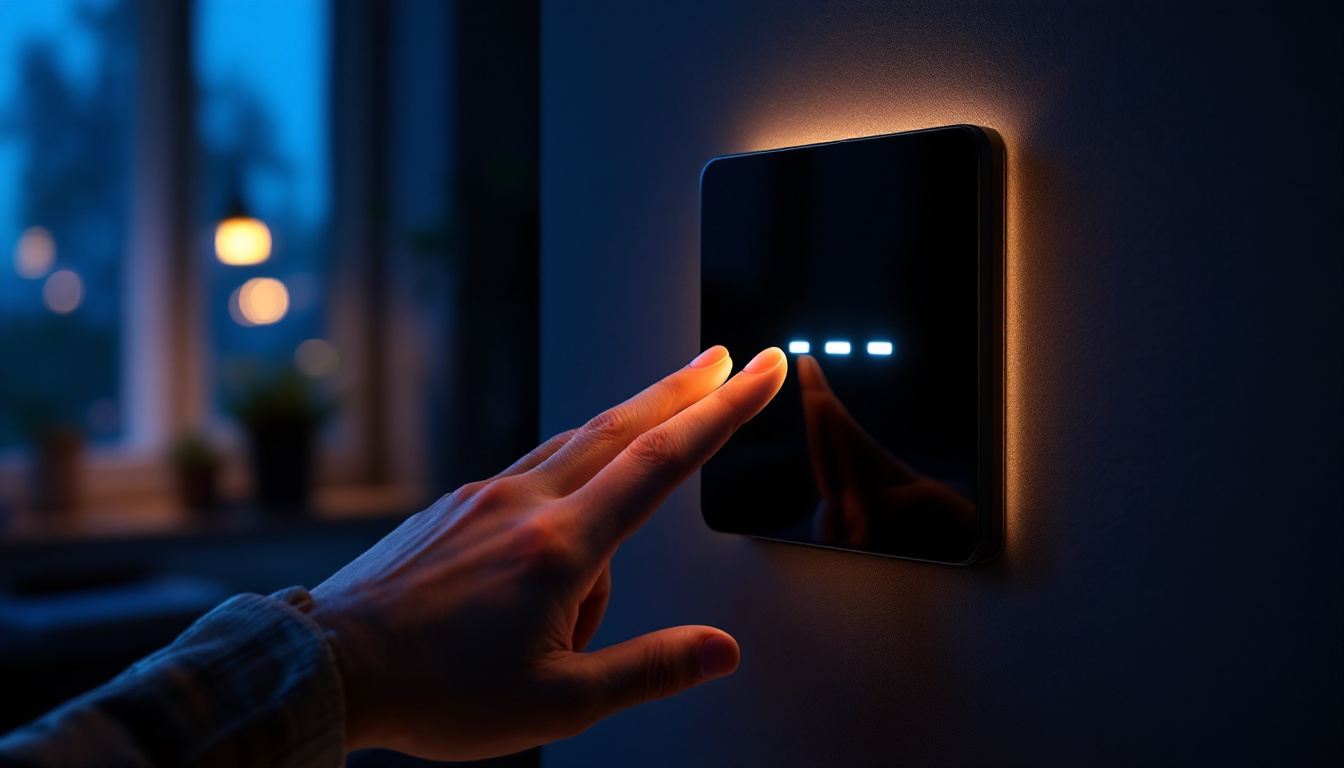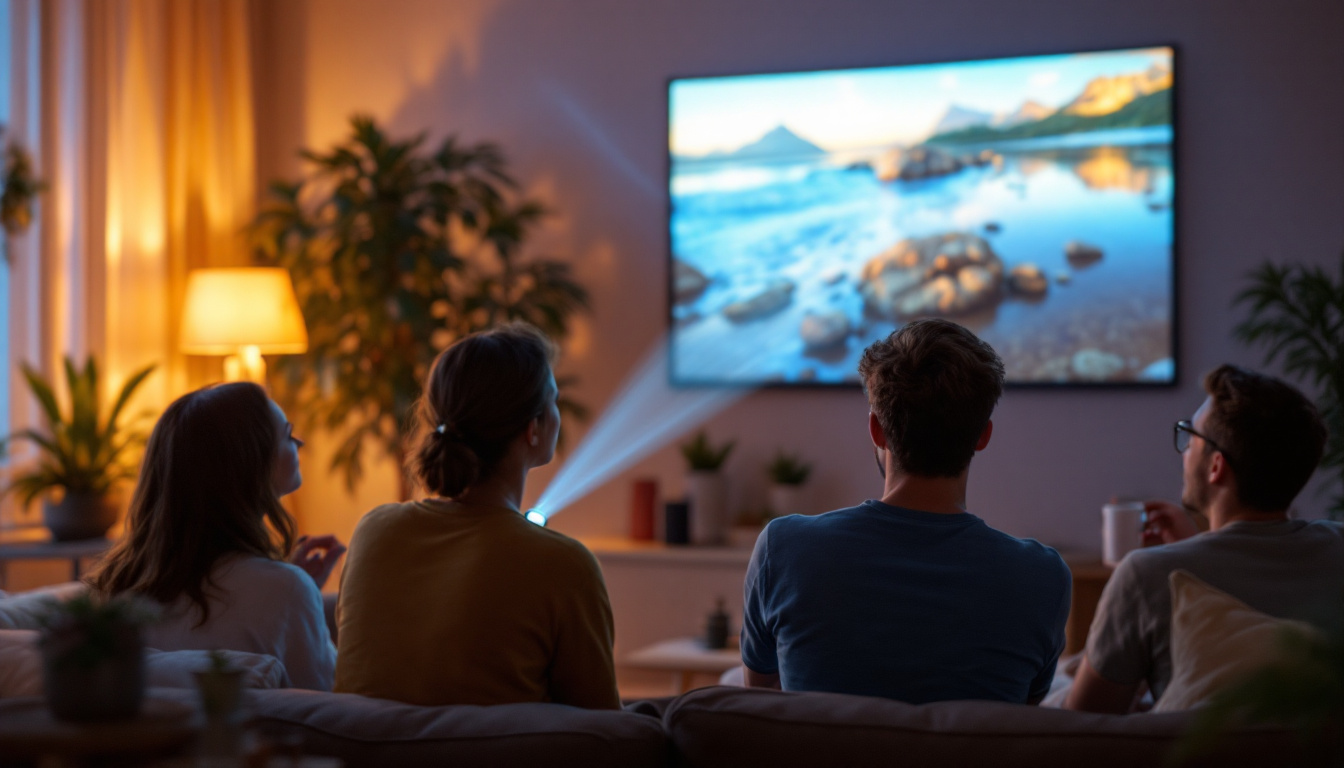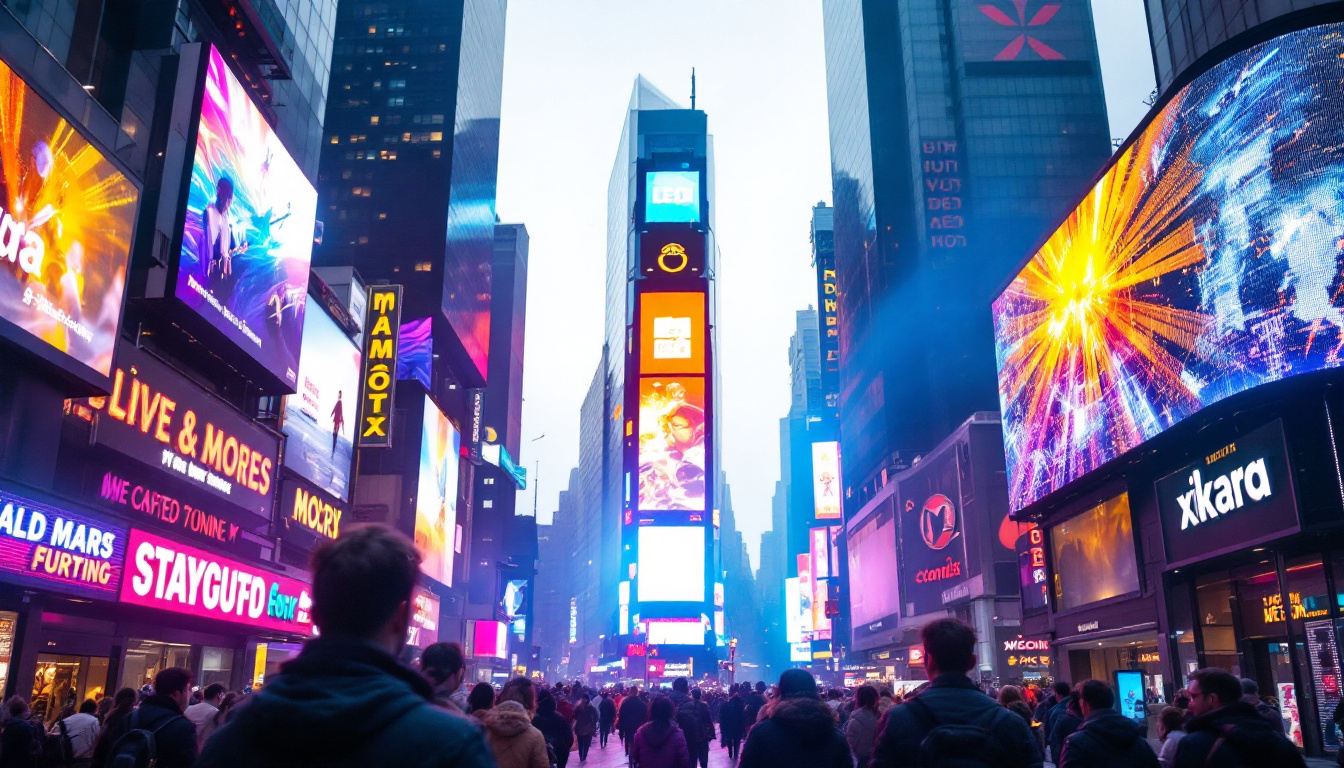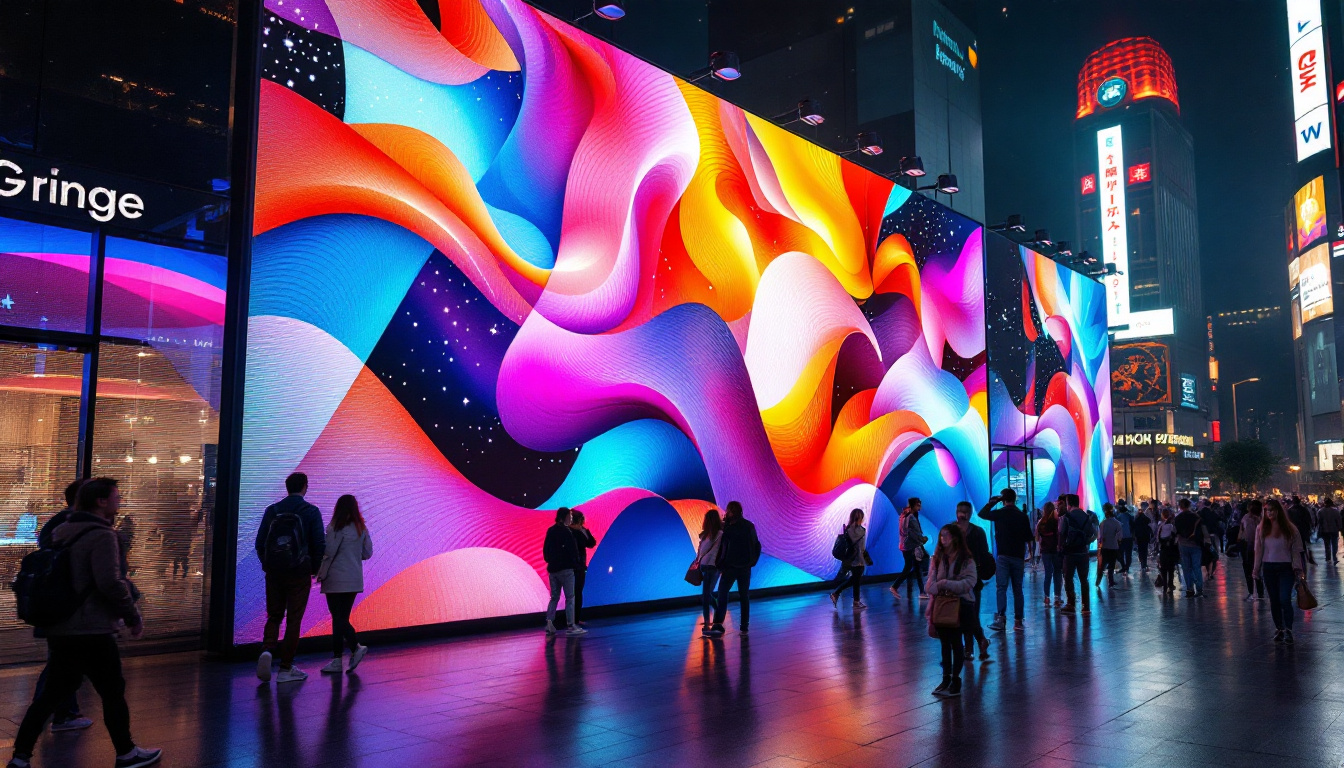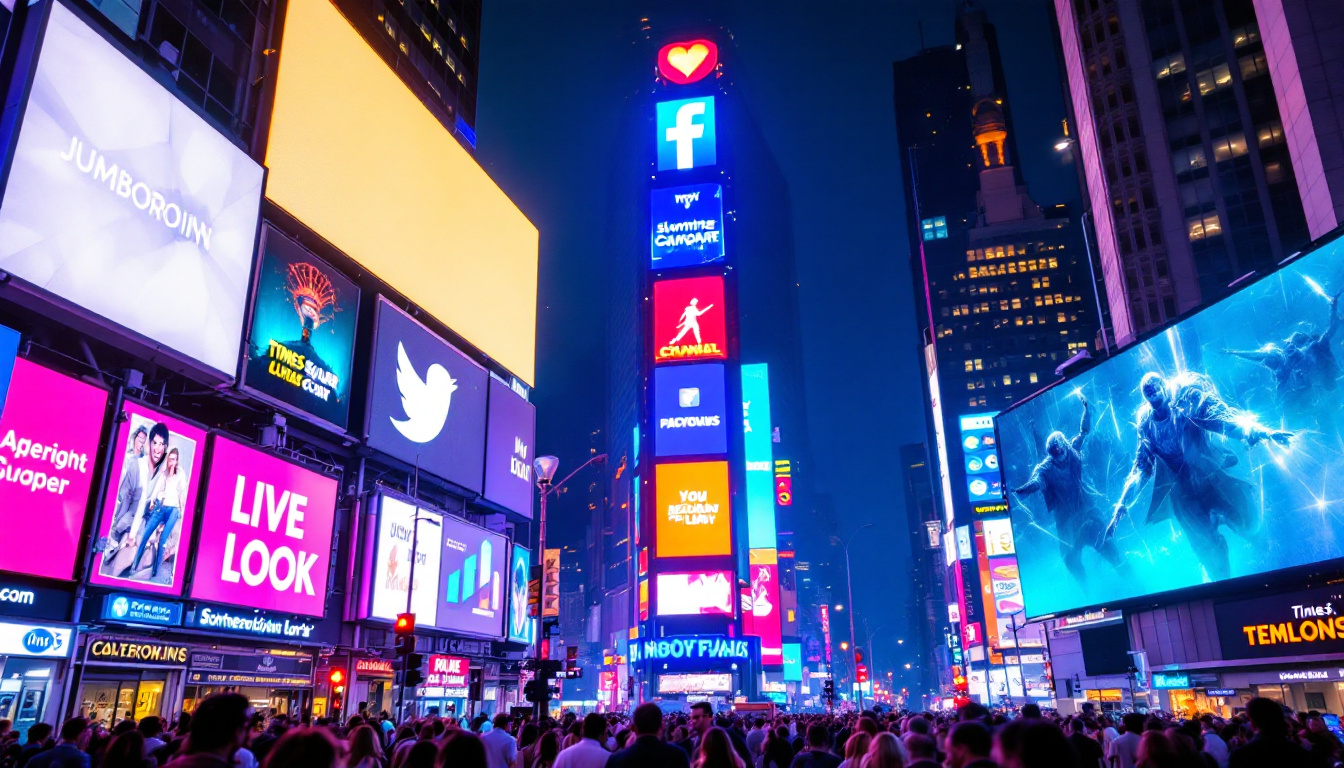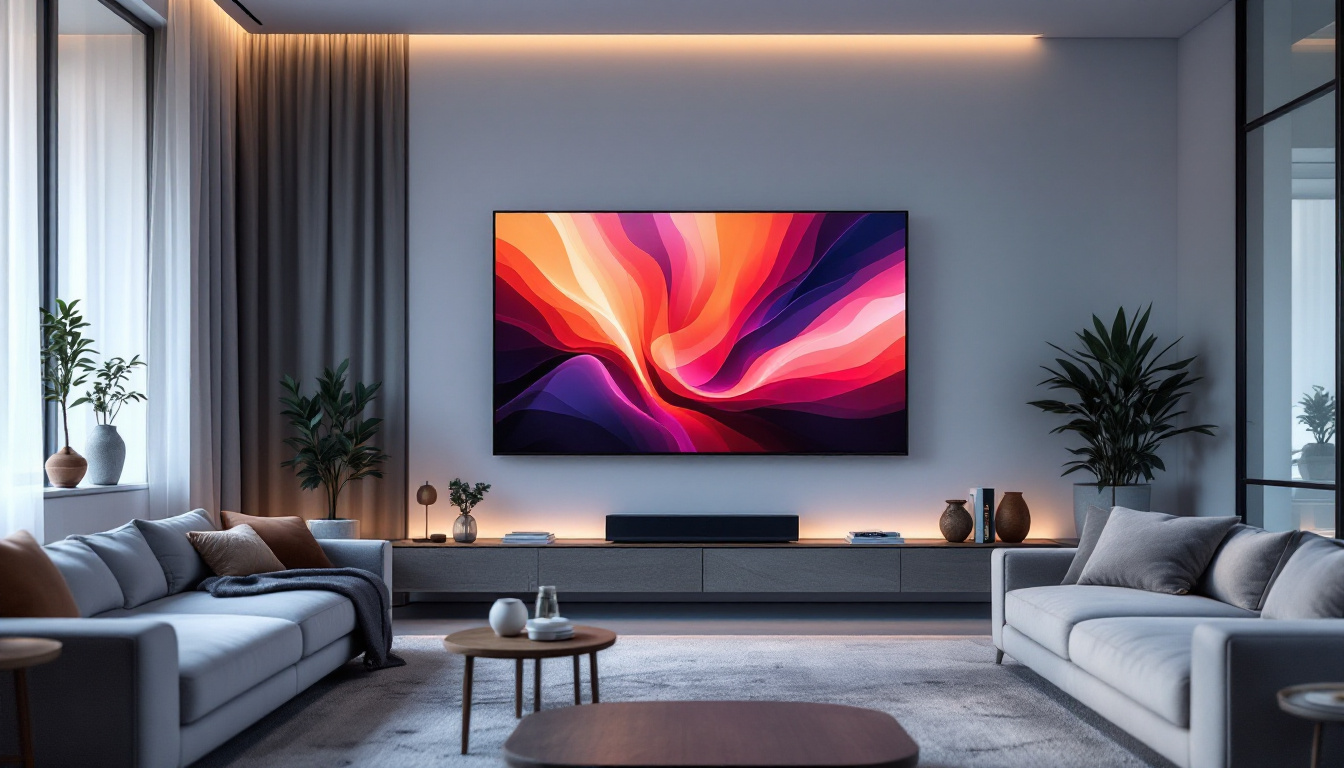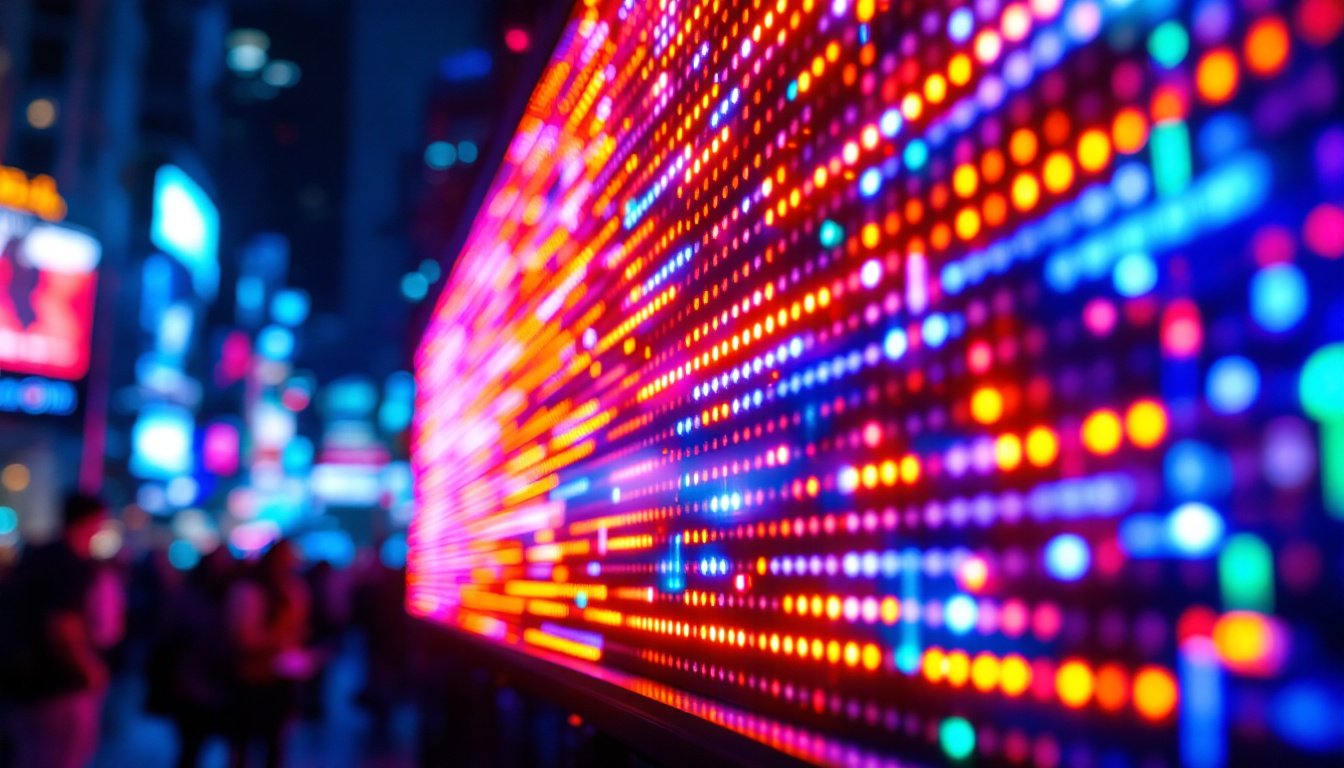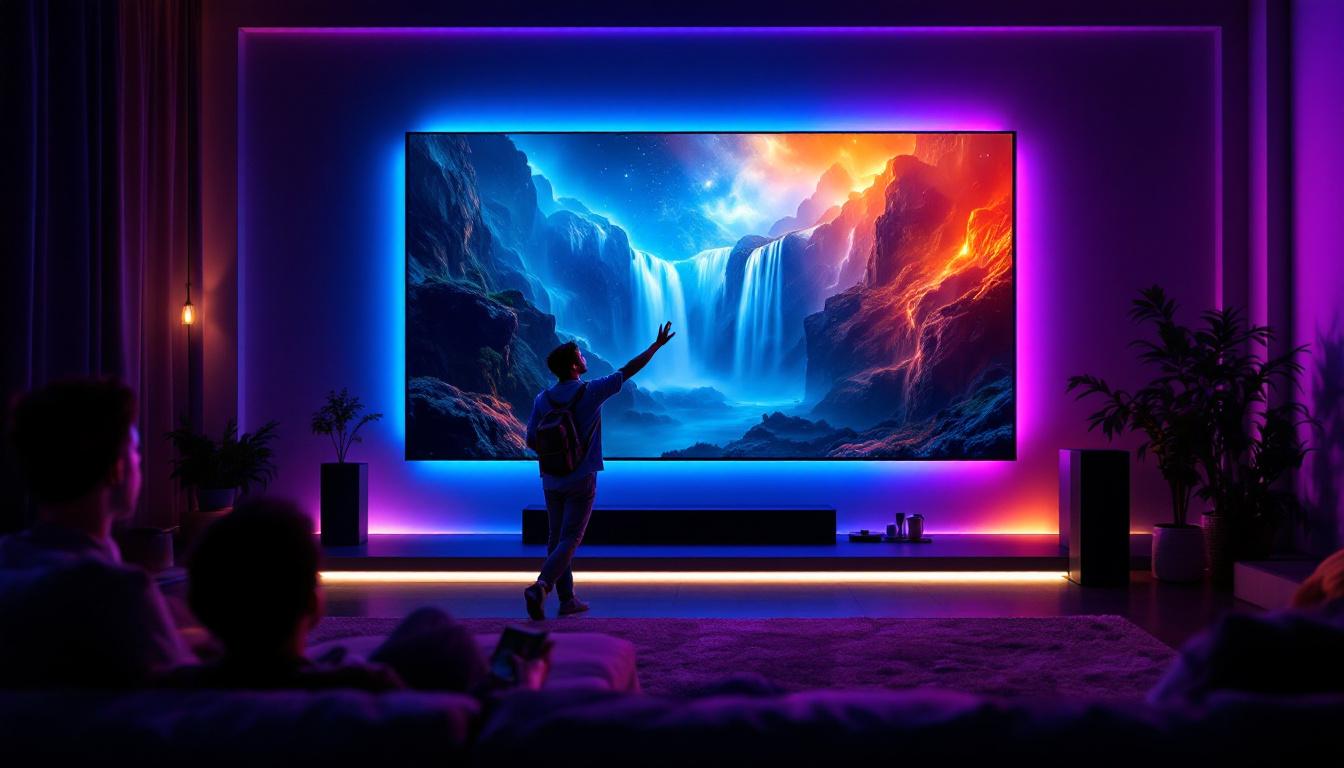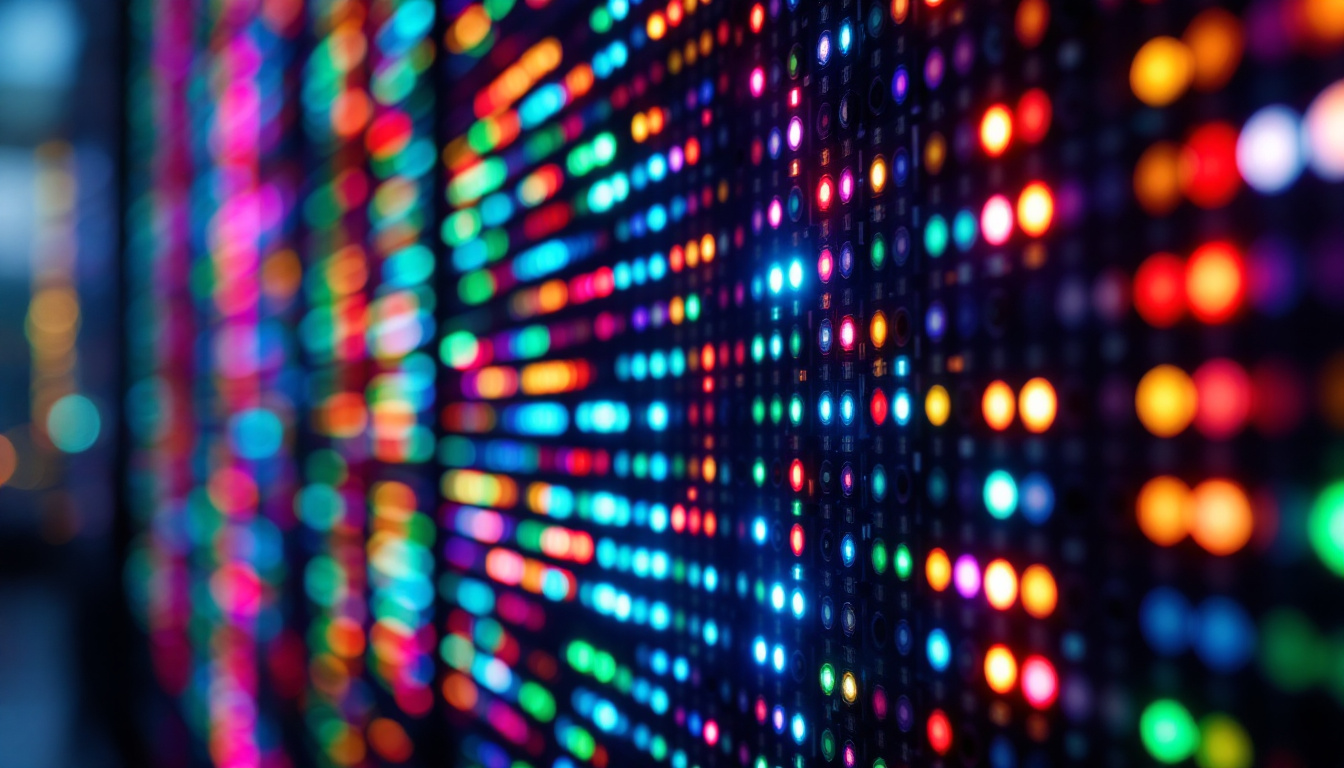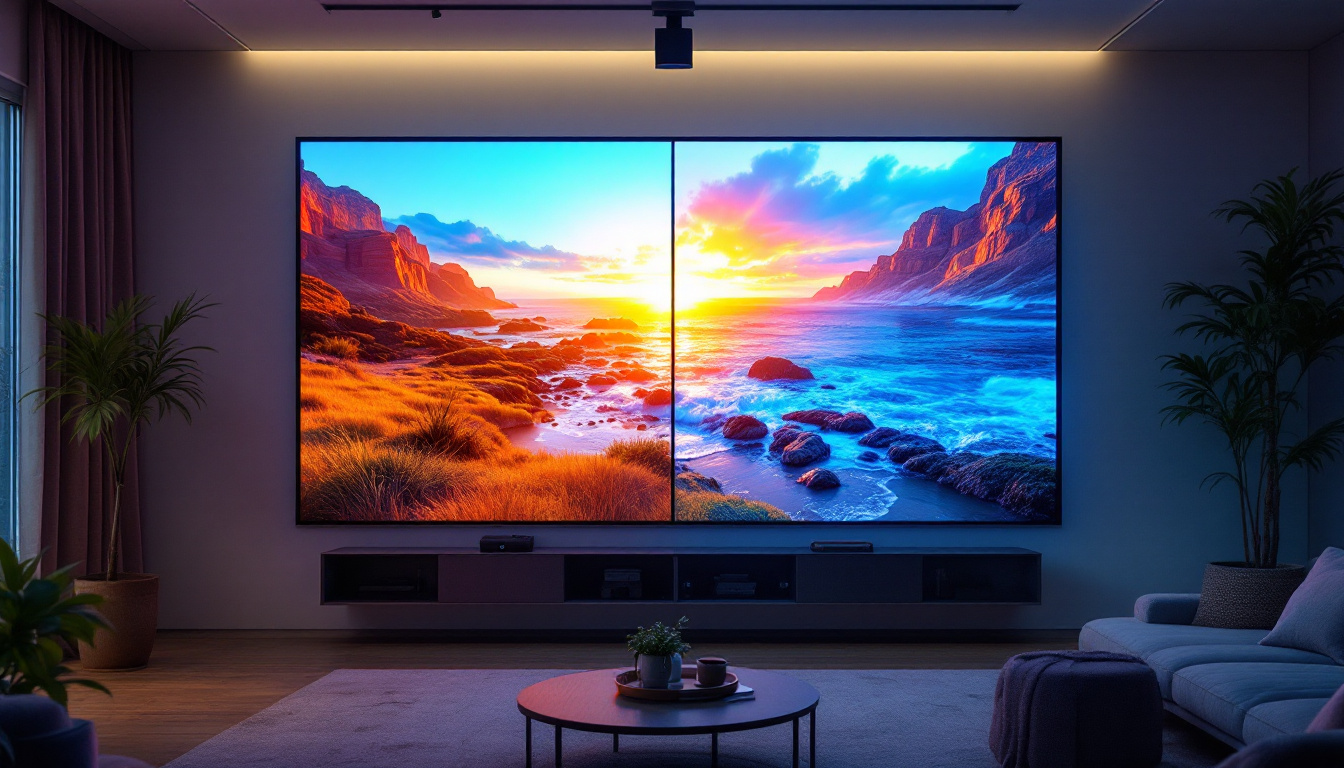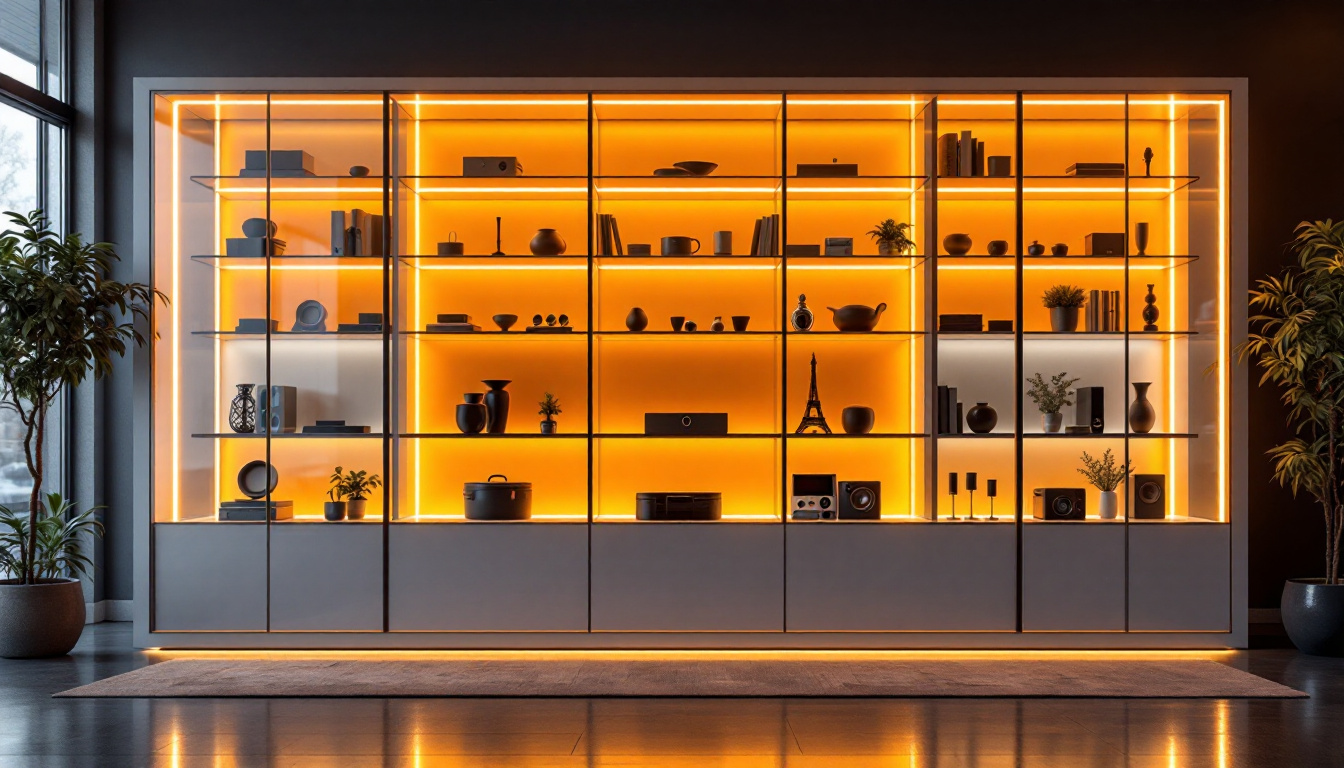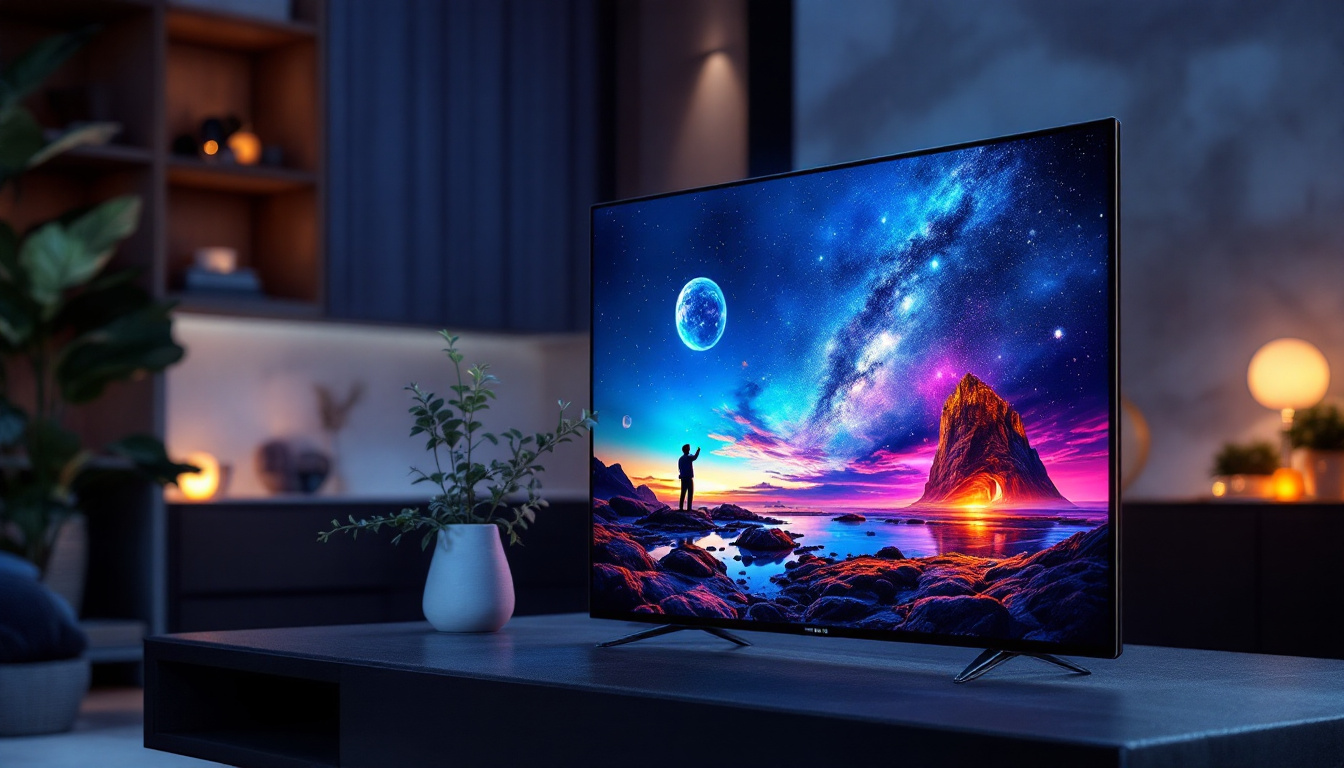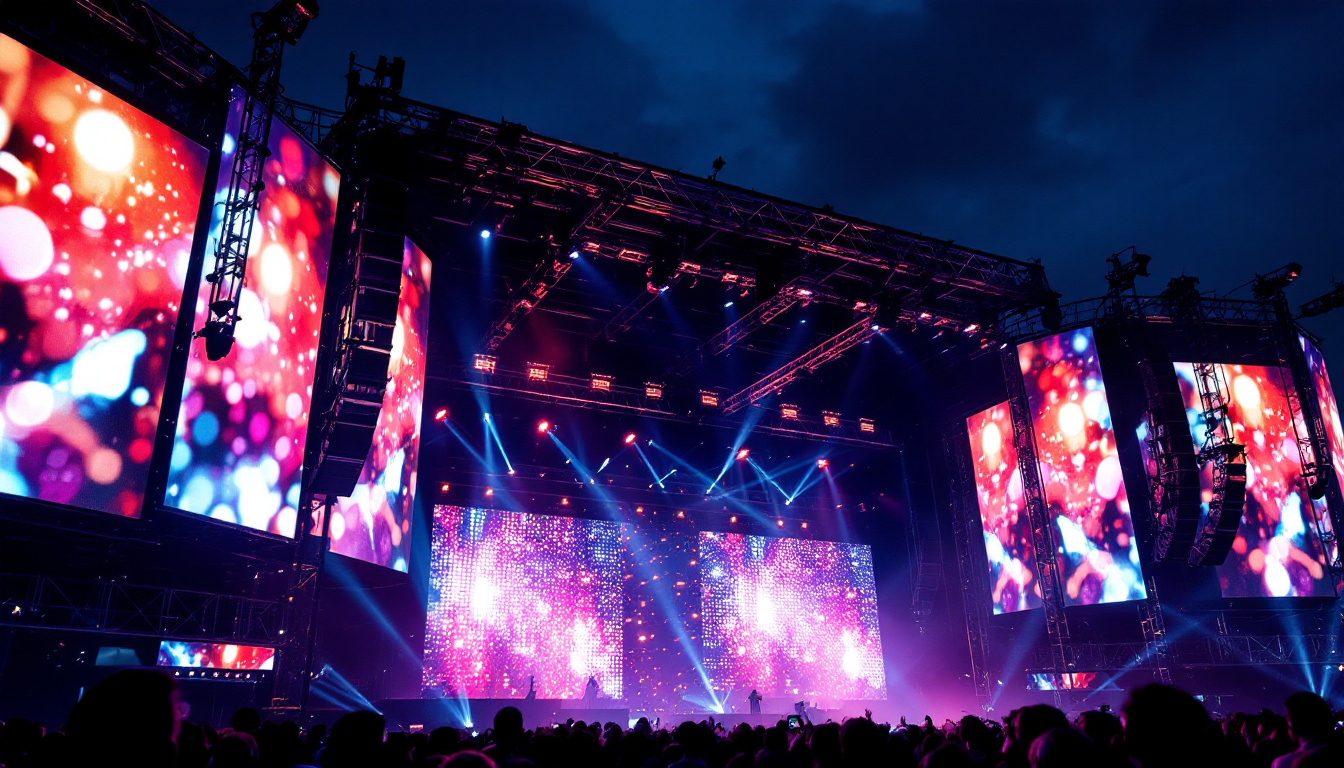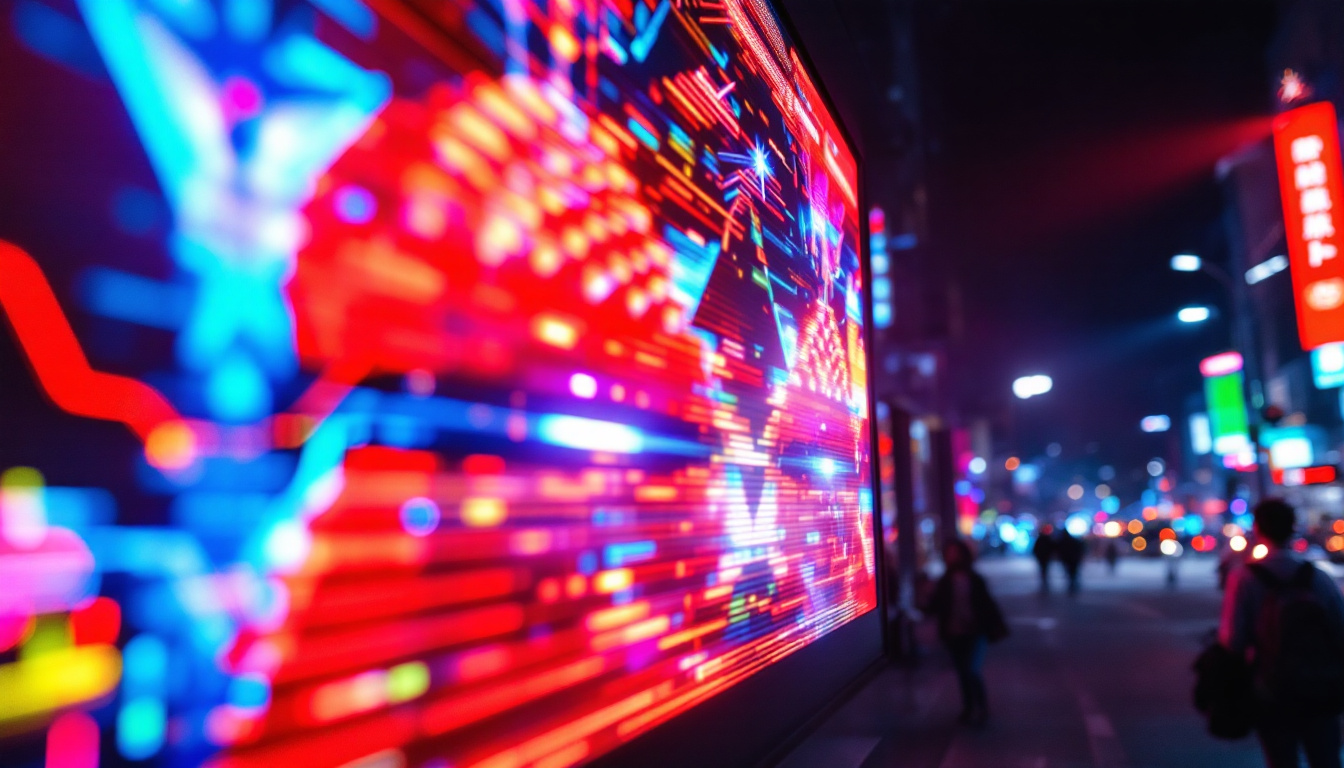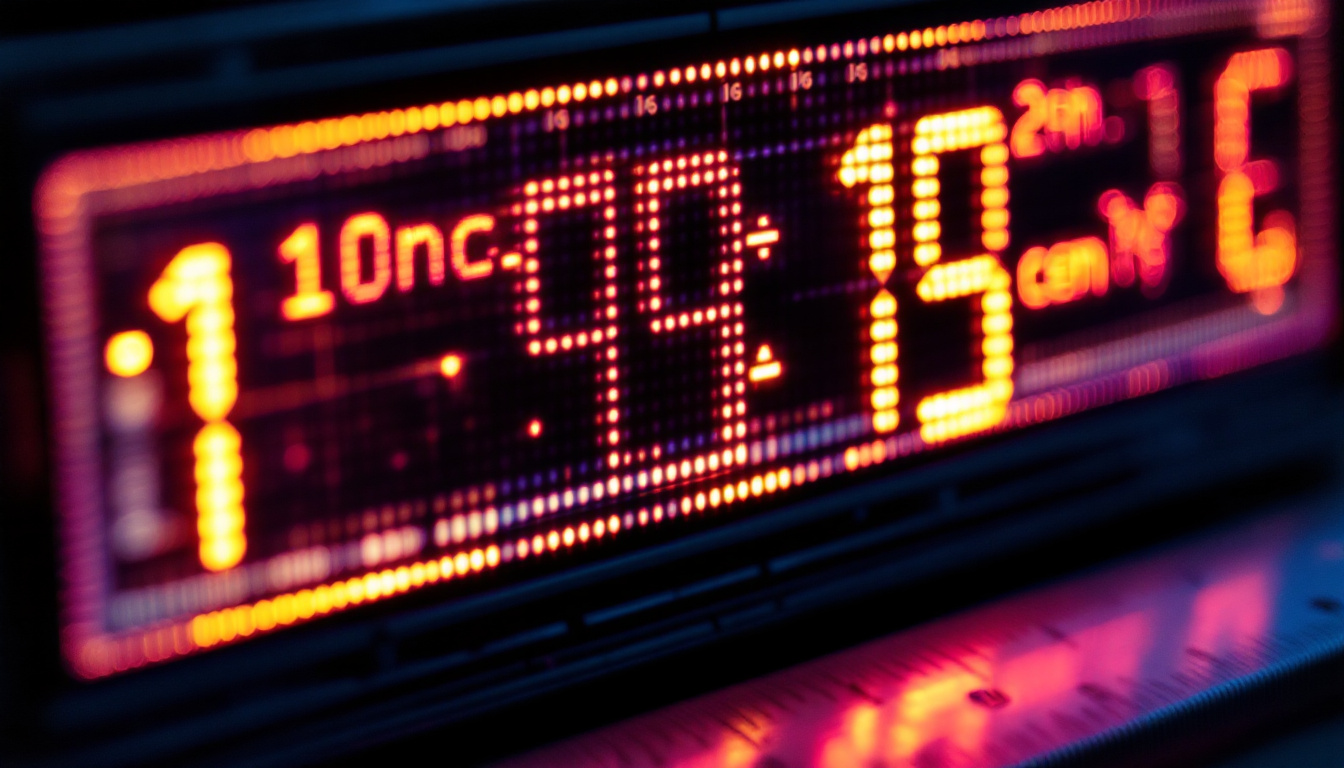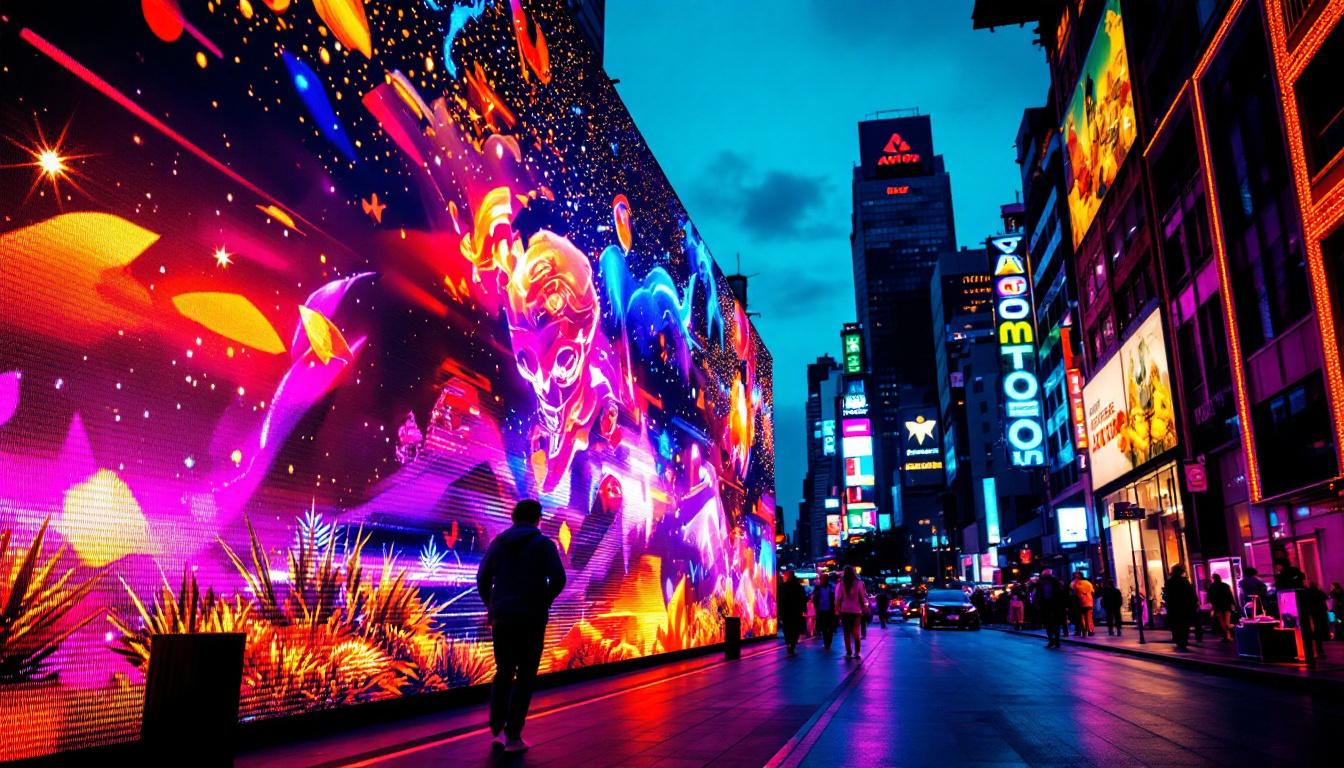In the rapidly evolving world of advertising, outdoor media continues to hold a significant place in brand visibility and consumer engagement. Among various outdoor advertising methods, LED displays have emerged as a powerful tool that combines technology, creativity, and strategic placement to capture audience attention effectively. This article delves into the nuances of LED display advertising, exploring its types, benefits, and real-world examples that demonstrate its impact on modern marketing campaigns.
Understanding LED Displays in Outdoor Advertising
LED (Light Emitting Diode) displays are digital screens that use an array of LEDs to present bright, vivid images and videos. Unlike traditional billboards or posters, LED displays offer dynamic content capabilities, enabling advertisers to change messages in real-time and incorporate motion graphics, animations, and interactive elements. This flexibility allows brands to tailor their messages to specific audiences, times of day, or events, maximizing engagement and effectiveness.
The versatility of LED displays makes them particularly suited for outdoor environments, where visibility and adaptability are crucial. These displays can withstand various weather conditions while maintaining high brightness levels, ensuring clear visibility even in direct sunlight. Furthermore, advancements in LED technology have led to improved energy efficiency, making them a more sustainable choice for advertisers looking to reduce their carbon footprint while still delivering eye-catching content.
Types of LED Displays Used Outdoors
Outdoor LED displays come in several formats, each tailored to different advertising needs:
- Billboard LED Displays: Large-scale screens often mounted on rooftops or alongside highways, designed to reach a wide audience. These displays can showcase multiple advertisements in a rotation, allowing for diverse messaging and maximizing exposure for various brands.
- Street Furniture Displays: Smaller LED panels integrated into bus shelters, kiosks, or benches, targeting pedestrians and local traffic. These displays not only provide advertising opportunities but also enhance the urban landscape, often featuring real-time information such as public transport schedules or local events.
- Building Wraps: Massive LED installations covering entire building facades, creating immersive brand experiences. These eye-catching displays can transform a city skyline, drawing attention from afar and creating a memorable visual impact that resonates with viewers.
- Digital Posters: Compact LED screens placed in high-footfall areas such as malls, transit hubs, and urban centers. These screens are perfect for targeting specific demographics, as they can display tailored advertisements based on the time of day or the audience present.
In addition to these types, LED displays can also be utilized for event-specific advertising, such as concerts or sports games, where temporary installations can be set up to engage audiences in real-time. The ability to incorporate live feeds, social media interactions, and user-generated content further enhances the appeal of these displays, making them a powerful tool for brands looking to create a buzz around their products or services. As technology continues to evolve, the potential applications for outdoor LED displays are virtually limitless, paving the way for innovative advertising strategies that captivate and connect with consumers like never before.
Benefits of LED Display Advertising in Outdoor Media
LED displays offer several advantages that make them a preferred choice for outdoor advertising campaigns:
Dynamic Content and Real-Time Updates
One of the most significant benefits of LED displays is the ability to update content instantly. Advertisers can schedule multiple ads throughout the day, tailor messages based on time or weather conditions, and respond quickly to market trends or events. For example, a restaurant can advertise breakfast specials in the morning and switch to dinner promotions in the evening without any physical changes to the signage. This flexibility allows brands to engage with their audience in a more relevant and timely manner, enhancing the overall effectiveness of their advertising strategy. Furthermore, the integration of social media feeds or live updates can create a more interactive experience, encouraging viewers to engage with the content in real-time.
High Visibility and Engagement
LED screens are known for their brightness and clarity, which ensures that advertisements stand out even in bright daylight. Their vibrant colors and motion capabilities naturally draw the eyes of passersby, increasing the likelihood of engagement. Studies show that digital outdoor advertising can increase brand recall by up to 47% compared to static billboards. Additionally, the ability to incorporate animations and videos can capture attention more effectively than traditional static images. This dynamic nature not only enhances viewer interest but also allows brands to convey more complex messages in a shorter amount of time, making it easier for consumers to understand and remember the advertisement.
Cost Efficiency Over Time
While the initial investment in LED displays can be higher than traditional billboards, the long-term benefits often outweigh the costs. Reduced printing and installation expenses, combined with the ability to run multiple campaigns on the same screen, make LED advertising more cost-effective. Additionally, energy-efficient LED technology helps lower operational costs. Over time, the return on investment can be substantial, as businesses can continuously adapt their messaging without incurring additional costs for new materials. This adaptability not only maximizes the lifespan of the advertising campaign but also allows for the testing of different messages to see which resonates best with the target audience, further optimizing marketing efforts.
Environmental Impact
LED displays contribute to sustainability efforts by reducing the need for paper-based advertisements and minimizing waste. Moreover, advancements in LED technology have made these displays more energy-efficient, further reducing their carbon footprint compared to other forms of outdoor advertising. By using fewer resources and generating less waste, companies that choose LED displays can enhance their corporate social responsibility profile. Additionally, as consumers become increasingly environmentally conscious, aligning advertising strategies with sustainable practices can improve brand perception and loyalty. This commitment to sustainability not only appeals to eco-minded consumers but also sets a positive example within the industry, encouraging others to adopt greener practices in their advertising approaches.
Real-World Examples of Outdoor LED Advertising
Examining successful campaigns can provide valuable insights into how LED displays are leveraged to maximize impact.
Times Square, New York City
Perhaps the most iconic example of outdoor LED advertising is Times Square in New York City. Known as “The Crossroads of the World,” this area features some of the largest and most technologically advanced LED displays globally. Brands like Coca-Cola, Samsung, and Disney use these screens to deliver high-impact, visually stunning advertisements that captivate millions of visitors annually.
The dynamic nature of these displays allows advertisers to incorporate interactive elements, countdowns, and live social media feeds, creating immersive experiences that go beyond traditional advertising.
Piccadilly Circus, London
Another landmark location is Piccadilly Circus in London, where a curved LED screen wraps around the corner of a building, providing a continuous flow of advertisements. This display has been used by brands such as Nike and McDonald’s to showcase vibrant, motion-rich content that engages both pedestrians and motorists.
Its strategic placement in a busy urban area ensures high visibility and frequent exposure, making it a prime example of effective outdoor LED advertising.
Sports Stadiums and Arenas
LED displays are increasingly common in sports venues, where they serve multiple purposes—from advertising to enhancing the spectator experience. For instance, LED ribbon boards and large video screens inside stadiums are used to display sponsor messages, live game statistics, and replays.
Brands like Adidas and Pepsi leverage these displays during major sporting events to reach captive audiences, combining entertainment with advertising in a seamless manner.
Transit Advertising in Major Cities
Urban transit systems have embraced LED displays to target commuters effectively. For example, in cities like Tokyo and Singapore, LED screens are installed in subway stations, bus stops, and train platforms. These displays deliver timely advertisements that can be tailored based on the time of day and passenger demographics.
This approach not only increases ad relevance but also enhances the overall commuter experience by providing engaging and informative content.
Key Considerations for Implementing LED Display Advertising
While LED displays offer numerous benefits, successful implementation requires careful planning and strategic decision-making.
Location and Audience Targeting
Choosing the right location is paramount. High-traffic areas with significant footfall or vehicle movement maximize ad impressions. Understanding the demographics of the audience frequenting these locations allows advertisers to tailor messages for greater relevance and impact.
Content Strategy and Creativity
LED advertising thrives on creativity. Effective content should be visually striking, concise, and easy to comprehend at a glance. Utilizing motion graphics, vibrant colors, and interactive elements can enhance engagement. Additionally, rotating multiple ads or using real-time data can keep the content fresh and relevant.
Technical Specifications and Maintenance
Ensuring the LED display meets technical standards for brightness, resolution, and weather resistance is crucial. Regular maintenance is necessary to prevent downtime and maintain image quality. Collaborating with experienced providers helps in selecting the right hardware and managing operational aspects efficiently.
Regulatory Compliance
Outdoor advertising is subject to local regulations concerning brightness levels, content restrictions, and installation permits. Advertisers must ensure compliance to avoid legal issues and community pushback. Engaging with local authorities early in the planning process can streamline approvals.
The Future of Outdoor LED Advertising
Technological advancements continue to shape the future of LED display advertising, promising even greater possibilities for brands and consumers alike.
Integration with Artificial Intelligence and Data Analytics
AI-powered LED displays can analyze audience behavior and environmental conditions to deliver hyper-targeted advertisements. For example, facial recognition technology can estimate viewer demographics, enabling real-time content adjustments that increase relevance and effectiveness.
Interactive and Augmented Reality Experiences
Emerging technologies are enabling LED displays to become interactive platforms. Augmented reality (AR) can transform static environments into engaging brand experiences, encouraging consumer participation and social sharing.
Energy Efficiency and Sustainability Innovations
As sustainability becomes a priority, innovations in LED technology focus on reducing energy consumption and utilizing recyclable materials. Solar-powered LED displays and smart dimming features are examples of eco-friendly advancements that align with corporate social responsibility goals.
Conclusion
LED displays have revolutionized outdoor media advertising by combining technological innovation with creative expression. Their ability to deliver dynamic, high-impact content in diverse environments makes them an indispensable tool for brands aiming to capture attention and drive engagement.
From iconic urban landmarks to transit hubs and sports arenas, LED advertising continues to demonstrate its effectiveness and adaptability. By understanding the types, benefits, and strategic considerations associated with LED displays, advertisers can harness their full potential to create memorable and influential campaigns.
As the technology evolves, the integration of AI, interactivity, and sustainability will further enhance the capabilities of LED outdoor advertising, shaping the future of brand communication in the public space.
Discover LumenMatrix’s Innovative LED Solutions
Ready to elevate your brand’s presence in the bustling world of outdoor advertising? Embrace the future with LumenMatrix, a pioneer in LED display technology. Our comprehensive range of products, from the vibrant Indoor and Outdoor LED Wall Displays to the dynamic Vehicle and Sports LED Displays, is designed to captivate and engage your audience. Whether you’re looking for a dazzling LED Poster Display, an interactive Floor LED Display, or the versatility of an All-in-One LED Display, LumenMatrix has the solution to bring your vision to life. Experience the transformative power of our LED Transparent Display and custom solutions that promise to revolutionize visual communication. Don’t just take our word for it; check out LumenMatrix LED Display Solutions today and see how we can help your business make a lasting impression.

